When you’re operating in three dimensions, carelessness can be deadly.
There was a helicopter crash on Tuesday afternoon not far from my summer base. It was another cherry drying pilot, flying another helicopter a lot like mine. He had someone on board with him — I don’t know why — and when the helicopter’s main rotor blades hit a power line and the helicopter crashed in the orchard, this companion was killed. The pilot himself had serious injuries and was rushed to the hospital in Seattle for surgery. I don’t know what his status is.
This was the fourth cherry drying accident in this area in less than 12 months. The other three were in July of last year:
- July 12, 2011, Wenatchee, WA – Hughes 269C with two people on board “experienced a loss of power” and crashed into an orchard. The two occupants suffered minor injuries; the helicopter was substantially damaged.
- July 25, 2011, Brewster, WA – Sikorsky S-55B with two people on board descended into an orchard when, per the NTSB’s determination of probable cause, the private pilot flying for hire failed to maintain rotor RPM. Neither occupant was injured, but the helicopter was substantially damaged.
- July 25, 2011, Chelan, WA – Sikorsky S-55B collided with power lines, impacted terrain, and caught fire, killing the pilot, who was the sole occupant on board.
Questions and Disturbing Trends
I can’t make judgements on any of these accidents. In all cases except one, the NTSB has not released a final determination of probable cause. Only limited information is available. But if I could have any questions answered honestly, these are the ones I’d ask:
- Why were there two people on board for three of these flights? What was the role of the second person? Were the dual controls in? Who was manipulating the controls throughout the flight? Were flight duties shared? (This article, which covers the two July 25, 2011 crashes, sheds some light on the matter.)
- In the Hughes 269C, what was the gross weight of the aircraft at the time of the accident? What are the operating limitations at the accident weight, temperature, and altitude? What was the exact flight profile in the minutes leading up to the accident? Did the aircraft really suffer a “loss of power” or did the pilot demand more performance than what was available by performing an aggressive maneuver — such as a quick stop with a tailwind — in a heavy aircraft?
- How many hours of pilot in command time did the pilots have? How much time in that aircraft type? How much of their time in that aircraft type was within the previous 3 months?
- Were these pilots wearing protective gear? Helmets? Nomex Flight suits? Would wearing such protective gear have minimized injuries or prevented fatalities?
I’ve noticed a disturbing trend among cherry drying operators to employ low-time, limited experience pilots to do this kind of work. These pilots are cheap — they’ll work for next to nothing just to get experience. Indeed, I’ve had more than one pilot offer to fly for me without pay — I can only assume that other operators are getting the same offers.
I’ve heard about several operators conducting training during actual cherry drying flights. The orchard owner or manager will pay to have his cherry orchard dried while a student pilot pays to fly with a flight instructor to get the job done. So not only is some or all of a flight being conducted by a low-time pilot, there’s a possibility that the person actually doing the flying might not be a certificated pilot at all.
I’ve noticed that a remarkable percentage of pilots doing this kind of work don’t wear any protective gear. On the morning of the Wenatchee crash, I met the pilot of the Hughes 269C at the airport. He wasn’t wearing a flight suit — I don’t know if he put one on before flying. The photos in the newspaper for this week’s crash clearly showed the pilot being taken away on a stretcher wearing shorts and a t-shirt. And one of the pilots I worked with last year was wearing shorts and sandals for at least one flight.
What are these people thinking?
It’s Mostly about Time
I debate regularly with my friend Jim about flight time as a measure of experience. While we both agree that not all 500-hour pilots have the same skill level, Jim is usually less convinced than I am that a cherry drying pilot needs to have at least 500-1000 hours of flight time to be safe.
Part of the reason for that is that Jim was a low-time pilot many years ago when he began doing this kind of work. He projects his own experience onto others. He figures that if he could do it safely as a relatively inexperienced pilot, others could too.
I agree — to a certain extent. But what Jim wasn’t considering was the type of experience most low-time helicopter pilots have. Most pilots build their time as flight instructors. That means they’re spending a lot of that “pilot in command” time sitting beside someone else who is manipulating the controls. They’re not actually flying the helicopter.
Jim and I, on the other hand, are helicopter owners who built our time flying — instead of teaching others to fly and keeping them company while they got proficient. We had our hands on the controls for every single hour logged while we owned each of our helicopters. How can someone compare that kind of experience to a flight instructor sitting beside other pilots day after day for hundreds of hours of logged time? Jim shouldn’t assume a 500-hour CFI has the same level of hands-on experience as someone in our shoes. There’s no way he could have that experience.

My first helicopter was an R22. I put over 1,000 hours of time on that ship in about four and a half years.
And then there’s the helicopter type to consider. The helicopter that crashed the other day was a Robinson R44. Few people learn to fly in an R44 because it’s so damn expensive compared to its little brother, the R22. Most people learn in an R22 and step up to an R44. Flight schools don’t offer their instructors much opportunity to fly R44s because there aren’t many people training in them. As a result, most low-time pilots who fly R44s have far fewer hours in an R44 than an R22 — or some other helicopter they learned to fly in.
 Here’s an example of a Sikorsky S-55C. Photo from Wikipedia.
Here’s an example of a Sikorsky S-55C. Photo from Wikipedia.
The two Sikorsky crashes are another example. No one learns to fly in a Sikorsky S-55. It’s far too expensive to fly for flight training. How many hours of flight time could a young, low-time pilot possibly have in a ship like this?
You might argue that stick time is stick time. What’s the real difference, for example, between an R22 and an R44?
Well, one difference is the length of the rotor blades. An R22’s blades are 12-1/2 feet long. An R44’s blades are 16-1/2 feet long. That means you can — for example — get about 4 feet closer to power lines in an R22 than in an R44. (Just saying.)
Other differences include hydraulics, smoothness of controls, sensitivity of controls, operational power. Last year, I spent an hour in an R22 that was painfully difficult — at least at first. Even though I have over 1,000 hours in R22s, I certainly would not step into one to dry cherries — not without at least 10 to 20 hours of practice time right before the contract.
In talking to Jim about all this the other day, I tried to express how I feel when I’m flying my helicopter. I get in, buckle up, and fly. The helicopter becomes part of me — I’m in tune with it and know exactly how it will react in most situations. I should, shouldn’t I? After all, I’ve put more than 1,450 hours on it in the past 7-1/2 years.
When I’m drying cherries, I’m “in the zone.” I fly up and down the rows with both hands and feet on the controls, making minute adjustments that raise and lower the helicopter or adjust the yaw, sometimes by inches. I know where the tail rotor is; I know when I have to fly sideways to maintain low-level flight over the treetops as I fly downhill. It doesn’t require much thought — it just happens. My brain instructs my hands and feet without even thinking about what needs to be done to move the way I need to move.
Can a pilot with less than a few hundred hours in a certain type of aircraft be so in tune with it? Can a pilot who splits his limited flight time among different aircraft types ever really know any one of them?
I don’t think so.
Flying is Serious Business
But it all comes down to taking the job seriously. And based on what I’ve seen and heard in the five years I’ve been doing this kind of work, I’m starting to doubt whether the pilots — or the operators, for that matter — are taking the work as seriously as they probably should.
 Cherry drying is very unforgiving work. In most cases, you’re hovering less than 40 feet off the ground over treetops at less than 10 miles per hour. That’s right, smack dab in the deadman’s curve.
Cherry drying is very unforgiving work. In most cases, you’re hovering less than 40 feet off the ground over treetops at less than 10 miles per hour. That’s right, smack dab in the deadman’s curve.
If you have an engine problem or you hit an obstruction and lose control, there’s only one place you’re going to go: down into the trees. Helicopter parts (and branches and leaves and cherries) are going to be flying everywhere — maybe even into the cockpit. A helmet could protect your head; a face shield on a helmet could protect your eyes. If the fuel tank ruptures, there could be a fire. A Nomex flight suit can protect your body from burns.
I’ve never seen a utility pilot anywhere doing a flight without a helmet and flight suit. Ditto for EMS and police pilots. And military, of course. Do you think they wear this stuff because they want to look cool? No. They wear it because they want to be safe. They want the protection these garments offer.
Yet why do so many cherry drying pilots continue to work without this gear? And why do the operators that hire them allow them to do so?
And what of the operators? Why are they allowing flights with two people on board? The “spotter” argument doesn’t have any traction with me. The pilot should be his own spotter. Hell, he’s only flying at 5 to 10 miles per hour. It isn’t as if wires and wind machines are going to come up on him suddenly. And wouldn’t you want full visibility in the cockpit? Hard to get that if there’s another guy in the seat next to yours and you have to look around him.
And why are the operators hiring insufficiently experienced pilots? I heard a story the other day about an operator that sent a JetRanger to a contract, then sent a pilot who had never flown a JetRanger along with a non-pilot who knew how to start one. They were supposed to work as a team to get the thing started and fly the contract. Pardon me, but what the fuck? Obviously, this is an extreme example, but it illustrates an important point: that operators are more interested in putting cheap, warm bodies and helicopters on site for contracts than providing experienced pilots who can get the job done efficiently and safely.
They’re not taking it seriously.
And people are getting hurt and killed.
It’s only a matter of time before the FAA takes notice — if they haven’t already. Then the regulation process will begin. Special equipment, special certification. Added expense for everyone involved. Costs will rise enough to push the small players — like me and Jim — out of the market. Prices will rise enough to make growers wonder if the service is really worth the cost. Everything will change.
I just hope I’ve moved on to the next thing before that happens. I like the work, I like my clients, I like the good feeling I get when I literally save their crop. It’s serious business for me and the people who hire me.
And I take it seriously.

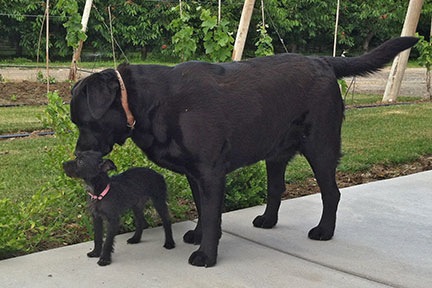
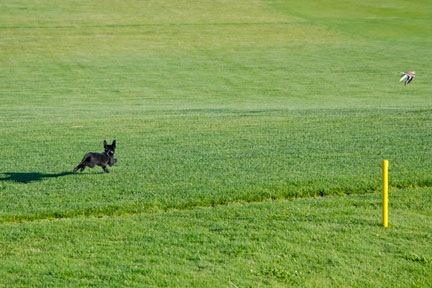

 Pretty amazing when you consider that I never uploaded a video to Vimeo.
Pretty amazing when you consider that I never uploaded a video to Vimeo.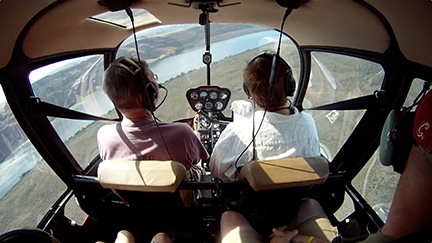

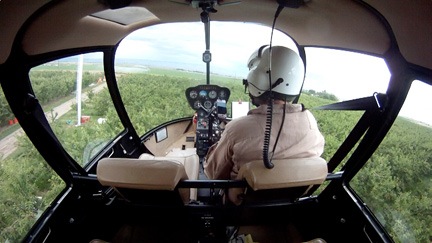
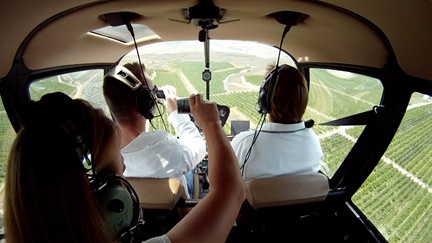
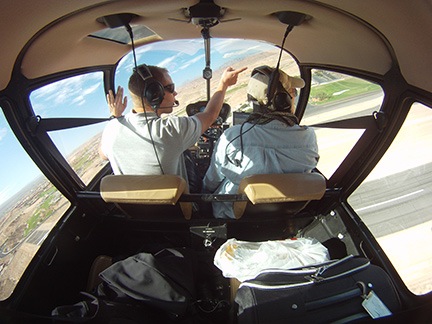
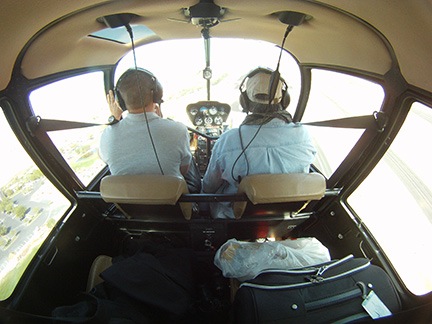
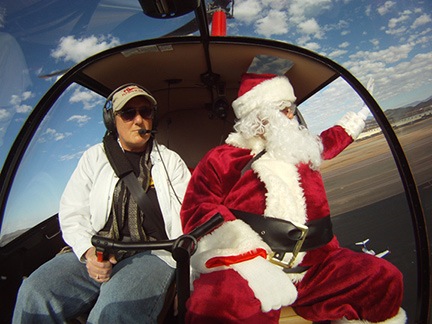
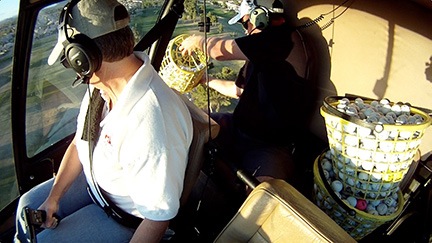
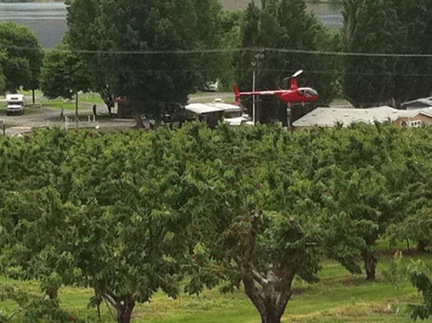
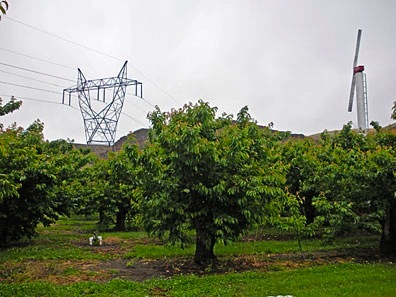
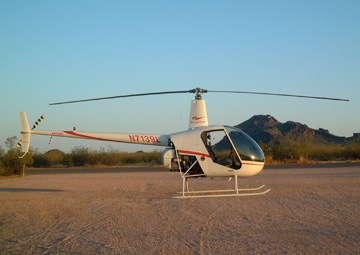
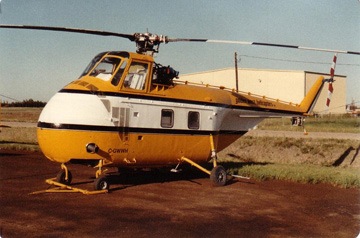 Here’s an example of a Sikorsky S-55C. Photo from
Here’s an example of a Sikorsky S-55C. Photo from  Cherry drying is very unforgiving work. In most cases, you’re hovering less than 40 feet off the ground over treetops at less than 10 miles per hour. That’s right, smack dab in the
Cherry drying is very unforgiving work. In most cases, you’re hovering less than 40 feet off the ground over treetops at less than 10 miles per hour. That’s right, smack dab in the